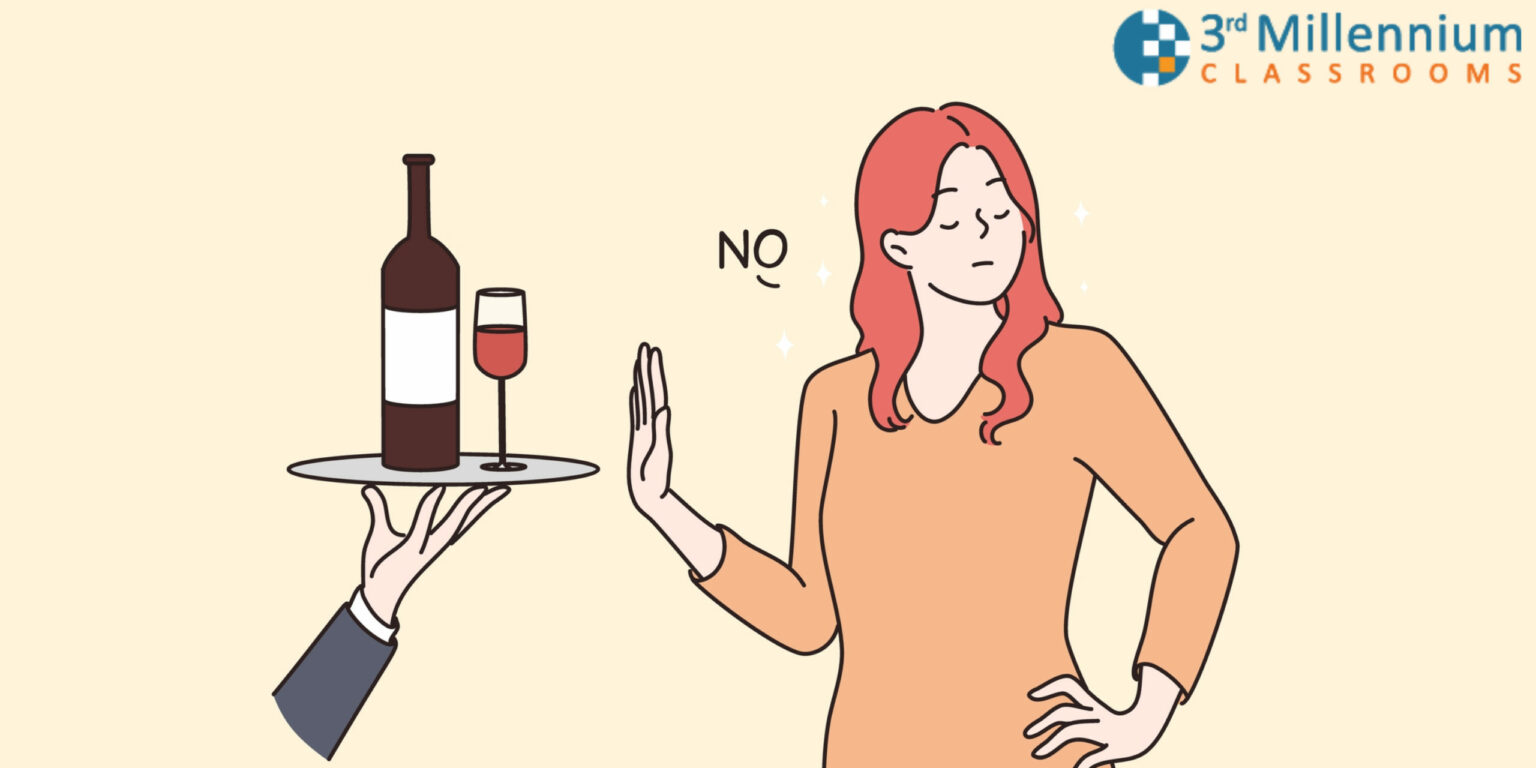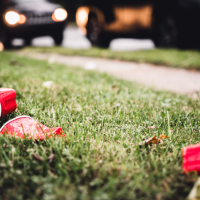Excessive alcohol consumption is the third leading preventable cause of death in the United States, and it results in an average of more than 80,000 deaths each year. More than half of these deaths are due to high-risk drinking, defined as consuming 4 or more standard drinks for women or 5 or more drinks for men on a single occasion. Excessive alcohol consumption also increases the risk of other health and societal problems, including vehicular crashes, interpersonal violence, heart disease, cancer, sexually transmitted diseases, and fetal alcohol syndrome.
From a public health perspective, the message is simple: we must direct our efforts towards culturally appropriate and cost-effective interventions and preventative measures that reduce the harmful use of alcohol. However, it is important to consider all of the individual and social factors that contribute to alcohol-related harm, in order to design constructive strategies that will truly reduce high-risk alcohol use. There is a need for comprehensive policy measures to be implemented, not just for those who drink excessively but also to protect the individuals and groups who are at risk of being negatively affected by others’ drinking.
A considerable body of evidence suggests that not only can individuals benefit from interventions and preventative measures, but population groups can also be helped. Reduction strategies targeted at the individual as well as the population-at-large can prevent alcohol-related harm, have a protective effect on vulnerable populations, and reduce the overall level of alcohol problems.
Alcohol-reduction strategies for individuals
There are many popular alcohol-reduction strategies for individuals who struggle to control their drinking.
Evidence-based practices are recommended when seeking to reduce alcohol intake. We include the following evidence-based strategies in our alcohol reduction courses:
- Risk perception, measures how much of a risk an individual believes a behavior (e.g. drinking). involves. The course challenges individuals who believe behavior is low-risk to think about various high-risk consequences, both personal and professional. This includes discussing how drinking can impact an individual’s future and how drinking affects not only the person imbibing, but also his or her loved ones, friends, extended family, and work relationships.
- Behavior and skills training, are used to promote positive changes. Some of the strategies used include self-identifying drinking habits and patterns, reflecting on triggers that may influence drinking impulses, and identifying the reasons why the individual started drinking in the first place.
- Challenging expectations, allows individuals to compare their expected outcome with the reality of what they experience. Clarifying expectations, identifying negative consequences from drinking, and highlighting the discrepancy between expectations and outcomes is key in reducing a person’s motivation to drink excessively or to drink at all in the future.
- Identifying protective behaviors, which are strategies to “say no” during high-risk situations. Protective behaviors help individuals increase their confidence to make a deliberate change because they’re highly personalized and are aligned with an individual’s comfort level. In addition to coming up with concrete actions, the process of identifying protective behaviors itself can be rehabilitative and can encourage open, honest, productive conversation.
Here are some specific protective behavior strategies to try:
-
- Keep track. Keep track of how much you drink.
- Count and measure. Know the standard drink sizes so that you can count and measure your drinks accurately.
- Set goals. Decide how many days a week you want to drink and how many drinks you’ll have on those days. It’s a good idea to have some days when you don’t drink at all.
- Find alternatives. If you find that drinking occupies a lot of your time, fill your free time by developing new, healthy activities and hobbies.
- Avoid triggers. If certain people or places encourage you to drink even when you don’t feel like it, try to avoid them. If certain activities, times of day, or feelings trigger the urge to drink, plan something else to do at those times. If drinking at home is an issue, keep little or no alcohol in the house.
- Plan to handle urges. Remind yourself of your reasons for changing. Talk things through with someone you trust. Get involved in a healthy, distracting activity that doesn’t involve drinking. Or, instead of fighting the feeling, accept it and ride it out without giving in, and know that it will soon crest like a wave and pass.
- Know your “no.” Have a convincing “no, thanks” ready for those times when you’re offered a drink and you don’t really want one. The faster you can say no, the less likely you are to give in.
- Use an app. There are a range of apps and online or in-person support groups that exist to help you stay motivated, set goals, identify your reasons not to drink, and even track success on your journey.
Small changes make a big difference when reducing your chances of having alcohol-related problems. If one approach doesn’t work, then try something else.
Alcohol-reduction strategies for communities and populations
The Community Preventive Services Task Force, which is an independent, non-federal, unpaid panel of members appointed by the Centers for Disease Control and Prevention (CDC), recommends several strategies to prevent excessive alcohol consumption. These strategies are based on a systematic review of the scientific evidence on intervention effectiveness.
- Increasing Alcohol Taxes has been shown to reduce alcohol-related harms in addition to raising revenue.
- Regulation of Alcohol Outlet Density is defined as applying state, county, city, or other types of governmental control to reduce or limit the number of places that can legally sell alcohol within a specific area.
- Dram Shop Liability laws define circumstances in which alcohol retail establishments may be held accountable for injuries or harms caused by underage or intoxicated customers who were served alcohol.
- Maintaining Limits on Days of Sale prevents excessive alcohol consumption and related harms by regulating access to alcohol.
- Maintaining Limits on Hours of Sale also prevents excessive alcohol consumption and related harms by regulating access to alcohol.
- Enhanced Enforcement of Laws Prohibiting Sales to Minors increases the frequency of retailer compliance checks for violations of laws against the sale of alcohol to minors.
- Electronic Screening and Brief Interventions use electronic devices (e.g., computers or phones) to facilitate the delivery of key elements of traditional screening and brief intervention. At a minimum, this involves screening individuals for excessive drinking and delivering a brief intervention, which provides personalized feedback about the risks and consequences of excessive drinking. Delivery of personalized feedback can range from being fully automated to being intensely interactive. At least one part of the brief intervention must be delivered by an electronic device. Interventions can be delivered in various settings, including healthcare systems, universities, or social communities.
Additionally, the Community Preventive Services Task Force recommends against the privatization of retail alcohol sales, which is the repeal of state, county, city, or other types of governmental control over the retail sales of alcohol, which allows commercial retailing.
There are also impactful online prevention programs that can offer much-needed support and feedback. 3rd Millennium Classrooms’ alcohol prevention course has been used by over a million students over 20 + years and is a successful evidence-based alcohol that can help you learn more about your own drinking, as well as how to better control it.




